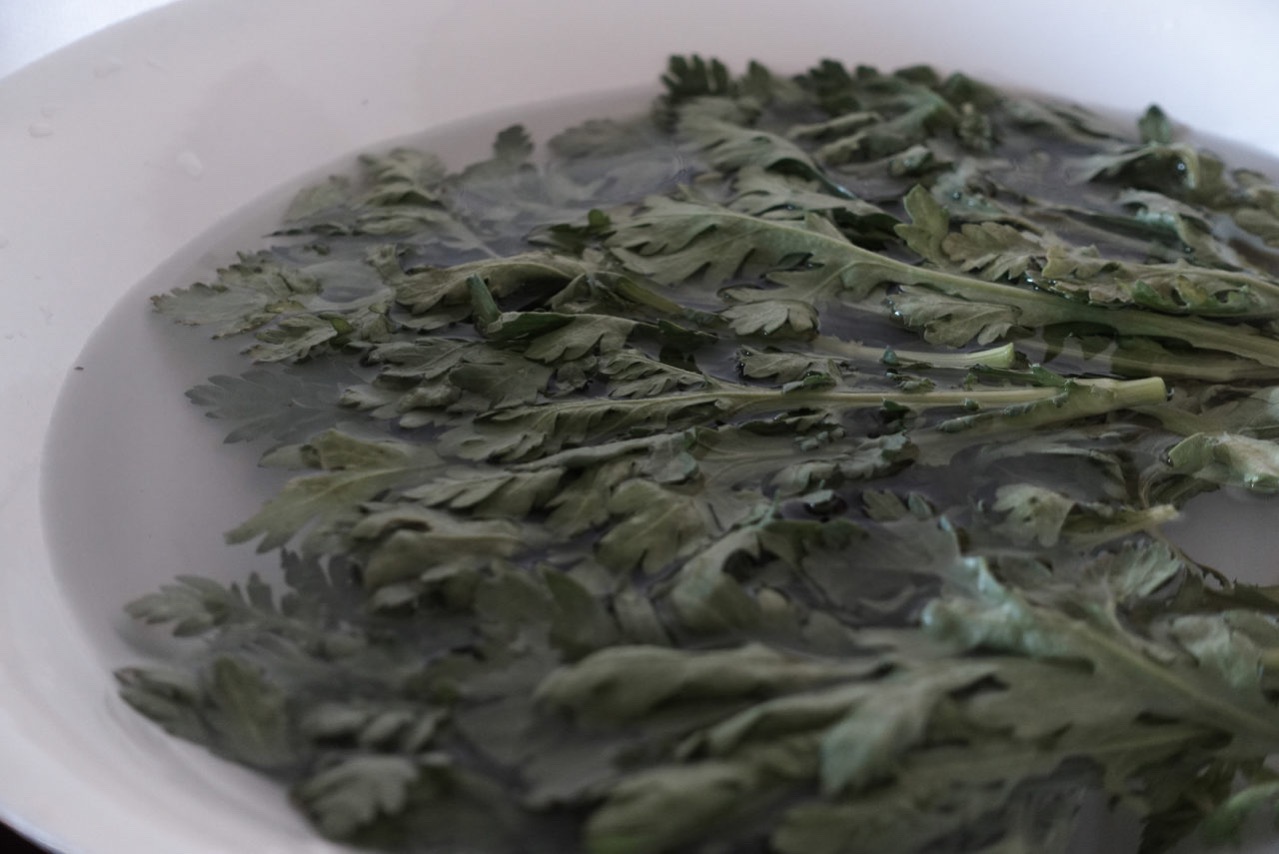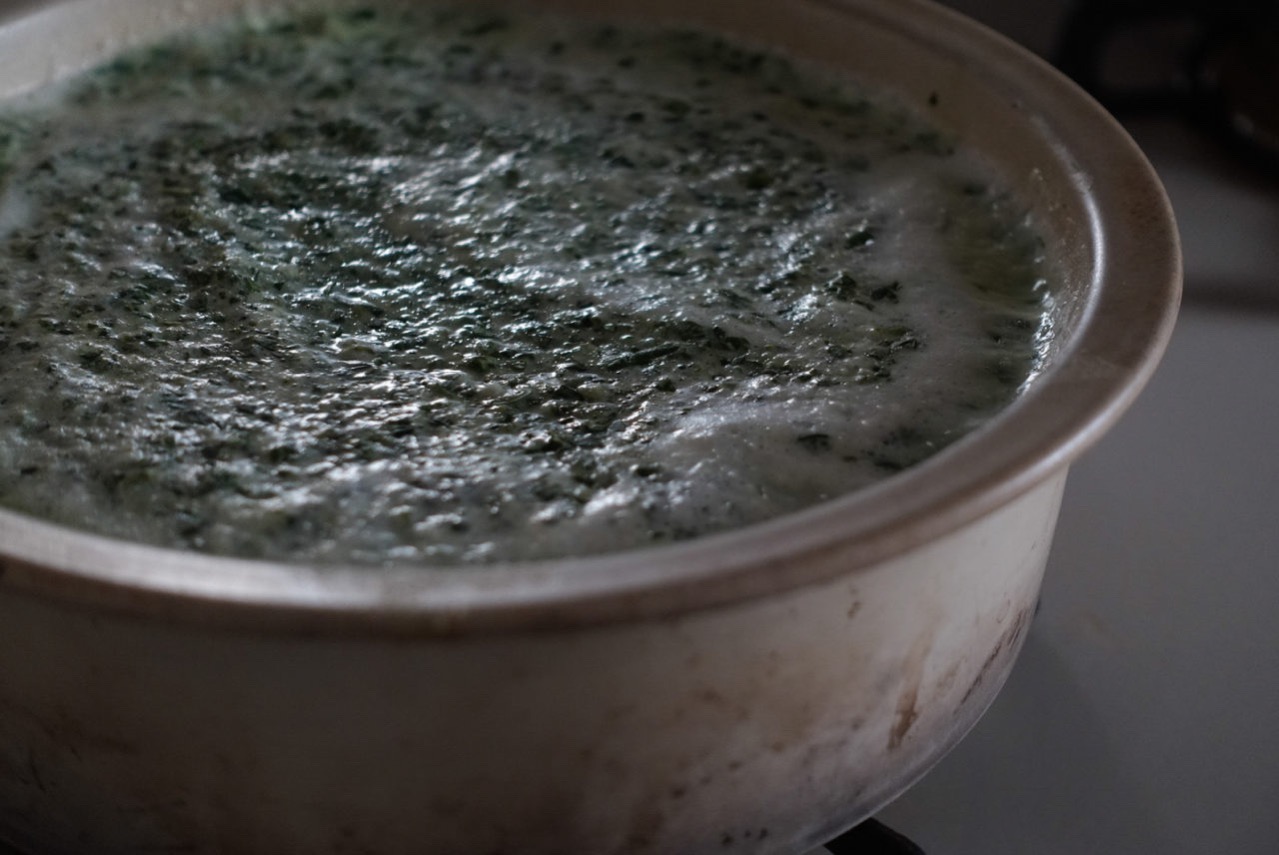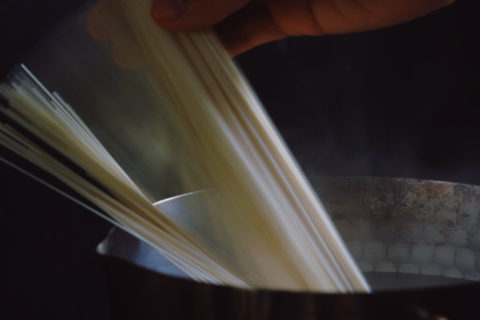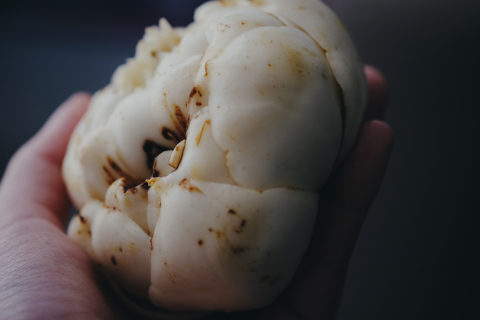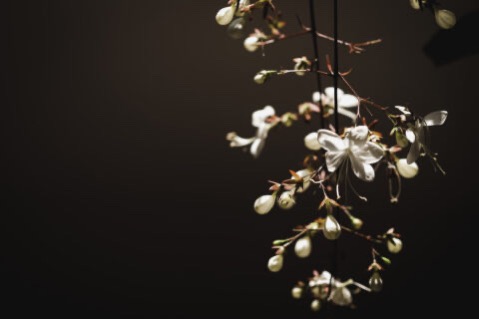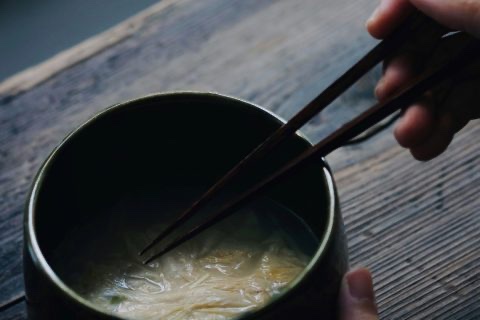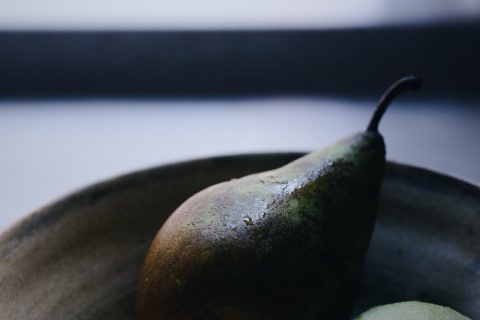
日本喚作春菊,香港叫它茼萵,我一直以為是「唐萵」,一廂情願地相信是來自「唐」,是中國古有的蔬菜。但原來本是歐洲的觀嘗植物,傳至中國時,已是宋代,是唐朝以後了。
在超級市場內巧遇春菊,心裡總又喜又憂,惱內飄浮著一裊裊水蒸氣,熱騰騰的上湯,春菊象徵了冬季裡房子內香氣四溢的火鍋,也象徵了屋外難熬的寒冬。
春菊像洋芹菜、山芹菜般,有著獨特的香氣,小孩子大都有點抗拒。小時候家裡吃火鍋,桌上的多的生菜與小白菜,偶爾春菊現身,吃了數根便卻步了。高中難得跟朋友外出用膳,自自然然地點了春菊又吃得津津有味那天,突然有種自己已經長大的錯覺。
春菊,明明是冬季當季的蔬菜,聽說是因為春菊與春季開花,花兒如小菊,於是被套上春菊的名字。嚴寒的季節裡,我們品嘗著冬季的蔬菜,想像著春季的花朵。嚴冬裡再難受,記得暖春也將到來。
Shungiku is the Japanese word for the leaf vegetable crown daisy, which we call Tung Ho in Hong Kong. For a long time, I mispronounced it as Tang Ho, and thought it must be related to the Tang Dynasty and assumed it has to be a plant native to China. It was only until later did I realize it was originally a European decorative plant that only got imported to China during the Song Dynasty, which is the dynasty after Tang.
I felt both excited and worried when I saw Shungiku in the supermarket. The image that instantly came to my mind was steam rising from a pot of boiling broth with Shungiku inside. To me, Shungiku always reminds me of a hotpot that fills up the room with mouthwatering aroma; but in the meantime, it also implies the harsh cold winter outside.
Similar to vegetables from the celery’s family, Shungiku carries an earthy taste with a distinctive smell that easily put off most kids. When I was little, we usually had lettuce and pak choi to go with hotpot. Occasionally, Shungiku would be brought to the table, and I would walk away after trying a few bites. One time when I went out for dinner with my friends during my high school days, I ordered Shungiku myself and enjoyed the taste of it quite a lot. The change in my preference almost gave me the impression that I was a mature person.
Shungiku is a winter vegetable with its flowers blooming in spring. Apparently, it got its name from the daisy family, which signifies the commencement of spring and the nearing of cheerful summer. It is a seasonal vegetable to enjoy during the long, harsh winter, it also reminds you how the next spring will be like. Winter is tough, but keep the faith and remember spring is always around the corner.
